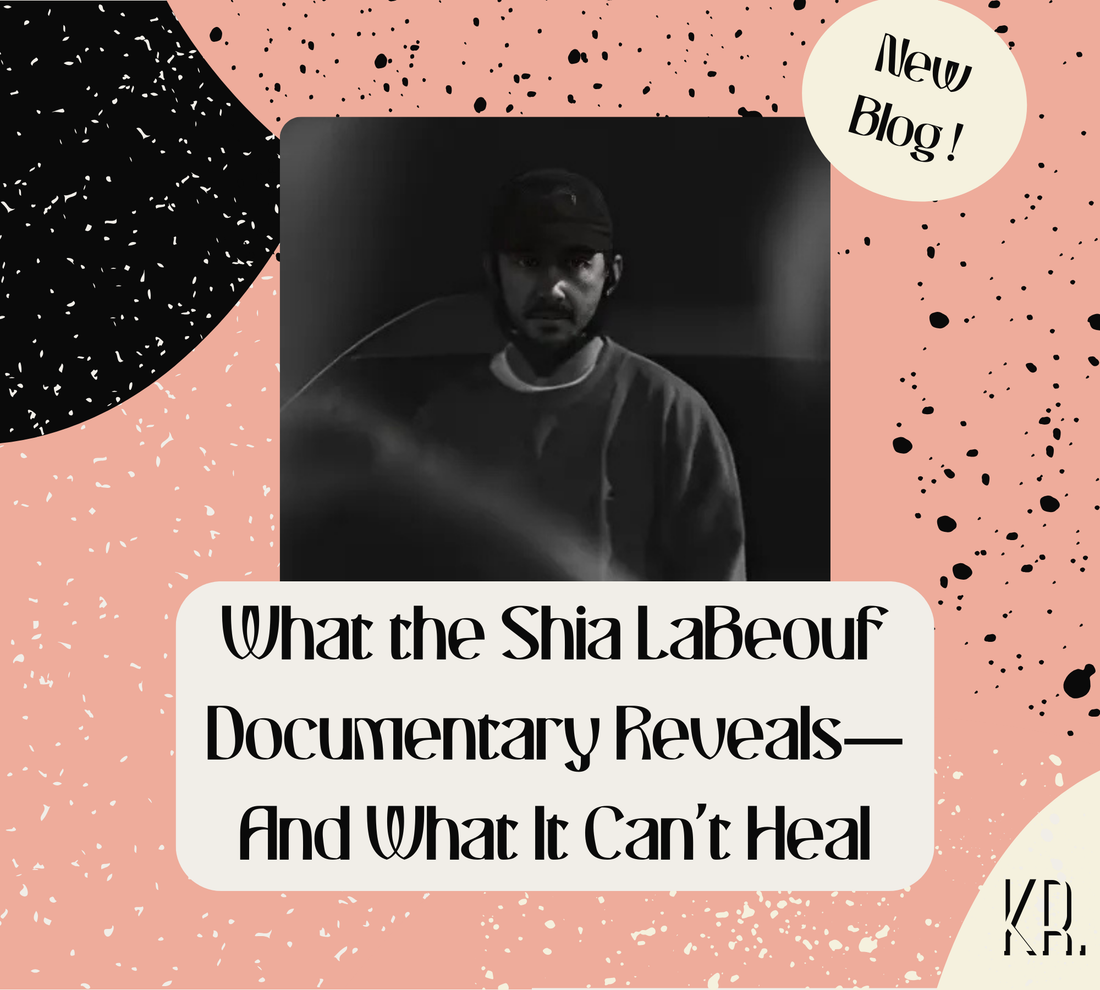
What the Shia LaBeouf Documentary Reveals—And What It Can’t Heal
Compartir
Reading Time: ~8 Minutes
This blog offers a deep, emotional dive into SLAUSON REC, the upcoming Shia LaBeouf documentary. You’ll gain insights into the creative potential and ethical complexities of the film, the raw human cost behind the art, and the lingering wounds that no lens—however intimate—can fully repair.

The Rise and Collapse of Slauson Rec
At the height of pandemic isolation, Shia LaBeouf sought transformation. But he didn’t just disappear into obscurity—he created a space. Slauson Rec, an acting collective for marginalized and underrepresented artists, became LaBeouf’s attempt at artistic rebirth. It was gritty, gospel-like in tone, raw in execution. And to many, it felt like a genuine shot at redemption.
The documentary, directed by Alma Har’el (Honey Boy), chronicles the messy heartbeat of this experiment. But like many communities built around flawed visionaries, it didn’t just dissolve quietly—it imploded.

What SLAUSON REC Reveals: Vulnerability as Currency
The documentary is shaped around emotional excavation. Through workshop footage, participant interviews, and behind-the-scenes confessionals, we see what LaBeouf built: a community that weaponized vulnerability in service of art.
Acting warm-ups became spiritual purges. Rehearsals felt like exorcisms. Participants bared trauma like scripture, encouraged to access their deepest wounds—on cue.
At its best, this approach cultivated authenticity. At its worst, it blurred every line between mentorship and manipulation. SLAUSON REC reveals how LaBeouf’s methods inspired astonishing performances—while quietly laying the groundwork for burnout, dependency, and resentment.
We witness the paradox of the collective: it nurtured a space for growth while centering the gravitational pull of one man’s need for atonement. This is one of the documentary’s most damning revelations: emotional safety was preached, but rarely practiced.

What SLAUSON REC Can’t Heal: The Scars It Left Behind
The documentary doesn’t flinch from the fallout. Interviews with former students show exhaustion, confusion, and fractured trust. Some speak of transformation. Others speak of coercion. Few speak without conflict.
This is where SLAUSON REC dares to get messy. The film doesn’t aim for moral closure. Instead, it lingers in the ambiguity of what happens when one person’s redemption arc becomes another person’s trauma plot.
We learn that several members attempted to address concerns directly with LaBeouf. Some left quietly. Others were pushed out. And while the documentary allows these voices airtime, it also shows how easily a charismatic leader can cultivate loyalty—even when the environment becomes toxic.
What SLAUSON REC can’t heal is the loss of trust. The sense of betrayal among those who joined in good faith. The disorientation that lingers when healing is promised, but performance is prioritized.

Inside the Camera: How Alma Har’el Frames the Narrative
Honey Boy director Alma Har’el’s direction brings a journalistic honesty to the project. Her lens doesn’t flatter. Instead, it invites viewers into the dissonance. Intimate shots of tear-streaked rehearsals, unfiltered roundtables, and LaBeouf’s own admissions leave little room for posturing.
Har’el makes a crucial directorial choice: she avoids constructing LaBeouf as either villain or victim. This refusal to editorialize forces the audience to confront the uncomfortable truth—he’s both.
The cinematography is reflective, even quiet, allowing moments to breathe. It’s an act of restraint that gives participants’ testimonies room to resonate. In doing so, the film refuses the easy arc of redemption. Instead, it opts for something braver: a portrait of contradiction.

The Ethical Dilemma of “Art as Healing”
Can art be therapy? Should it be? SLAUSON REC doesn’t answer these questions—it exposes them.
The documentary shows how the collective blurred the roles of therapist, director, and spiritual guide—without the training to hold that space responsibly. It challenges the growing trend of “emotional maximalism” in creative communities, where trauma becomes shorthand for truth.
This is the film’s quiet indictment: not of art itself, but of the conditions we create when performance is mistaken for processing. In a world where the line between authenticity and exploitation is increasingly thin, SLAUSON REC urges viewers to ask harder questions of the spaces they join—and the people who lead them.

What’s Next for Shia LaBeouf?
Shia LaBeouf remains a figure of both intrigue and unease. His public apologies, his spiritual pivots, his attempts at community-building—all feel sincere. And yet, sincerity does not erase harm.
The documentary doesn’t hand LaBeouf a redemption arc. It lets his contradictions hang in the air like stage lights: exposing everything, clarifying nothing.
Will SLAUSON REC become a turning point in how we talk about artistic responsibility? Or will it be remembered as another entry in the long archive of talented men fumbling their way through accountability?

Final Thoughts: What We Carry After Watching
SLAUSON REC may be a documentary about an acting collective, but it’s really a mirror. It reflects the dangers of charisma untempered by accountability, of spaces built on trust but steered by ego.
It also captures something achingly real: the way artists seek salvation through others. And the way others, often young and hungry and hopeful, get caught in the wake.
Some documentaries inform. Others provoke. This one lingers. It asks: What happens when we call something healing that leaves people hurt?

